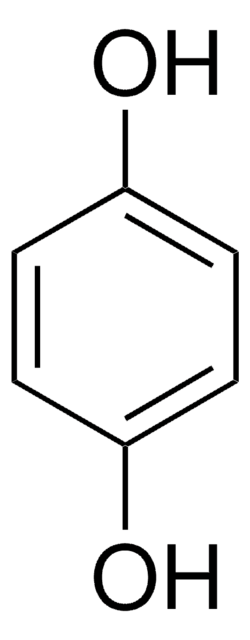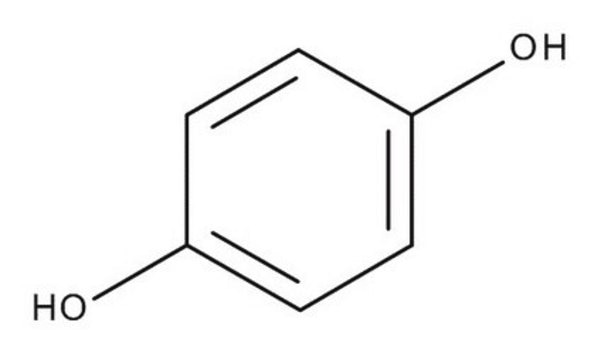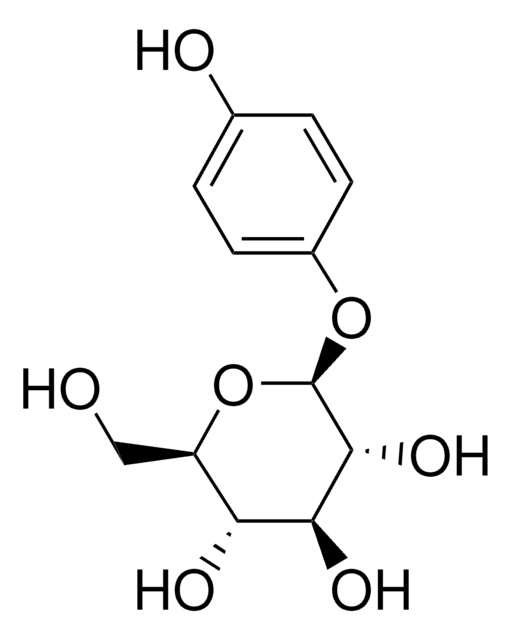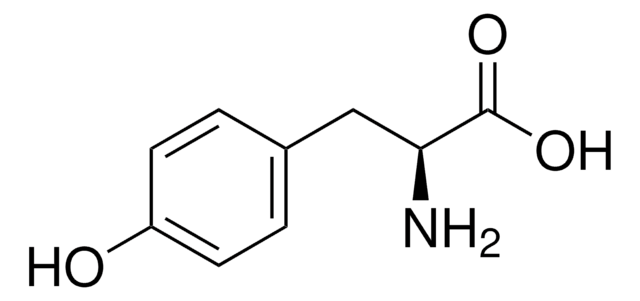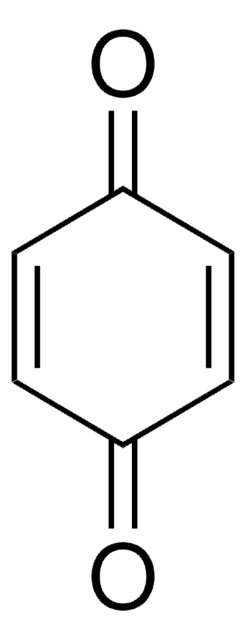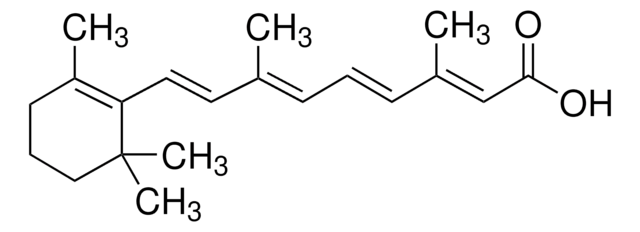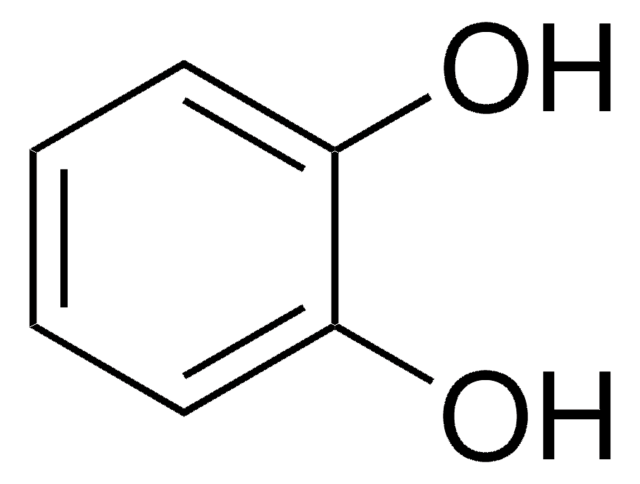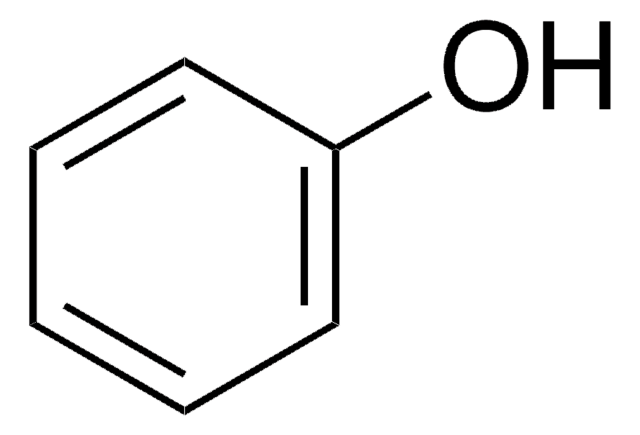H3660
Hydroquinone
meets USP testing specifications
Synonym(s):
1,4-Benzenediol, 1,4-Dihydroxybenzene, HQ
About This Item
Recommended Products
agency
USP/NF
meets USP testing specifications
Quality Level
vapor density
3.81 (vs air)
vapor pressure
1 mmHg ( 132 °C)
assay
99.0-100.5% anhydrous basis
autoignition temp.
930 °F
bp
285 °C (lit.)
mp
172-175 °C (lit.)
suitability
suitable for pesticide residue analysis
application(s)
pharmaceutical (small molecule)
SMILES string
Oc1ccc(O)cc1
InChI
1S/C6H6O2/c7-5-1-2-6(8)4-3-5/h1-4,7-8H
InChI key
QIGBRXMKCJKVMJ-UHFFFAOYSA-N
Looking for similar products? Visit Product Comparison Guide
signalword
Danger
Hazard Classifications
Acute Tox. 4 Oral - Aquatic Acute 1 - Aquatic Chronic 1 - Carc. 2 - Eye Dam. 1 - Muta. 2 - Skin Sens. 1B
wgk_germany
WGK 3
ppe
Eyeshields, Faceshields, Gloves, type P3 (EN 143) respirator cartridges
Choose from one of the most recent versions:
Certificates of Analysis (COA)
Sorry, we don't have COAs for this product available online at this time.
If you need assistance, please contact Customer Support.
Already Own This Product?
Find documentation for the products that you have recently purchased in the Document Library.
Customers Also Viewed
Our team of scientists has experience in all areas of research including Life Science, Material Science, Chemical Synthesis, Chromatography, Analytical and many others.
Contact Technical Service